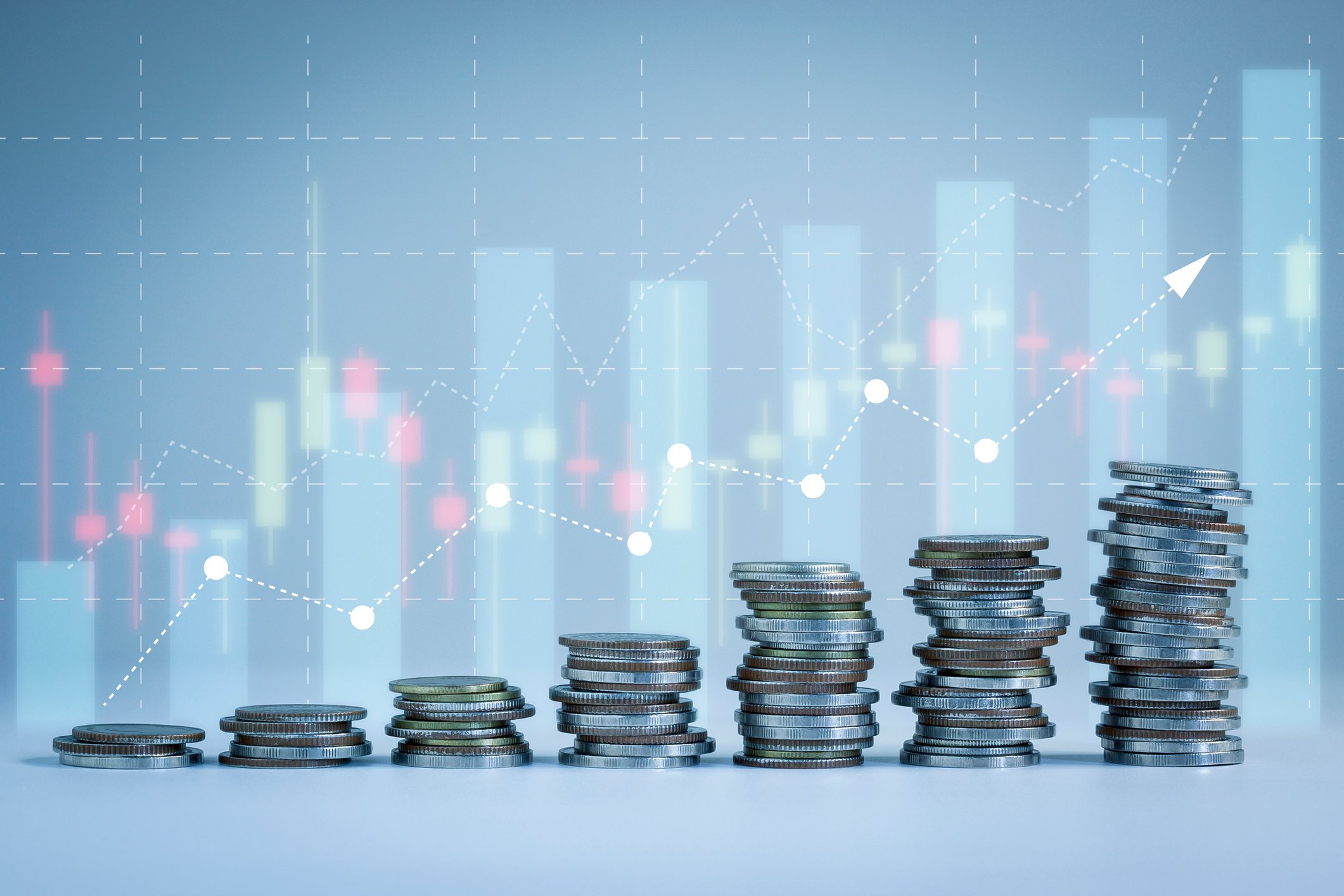Numerous studies show that high-yielding dividend growth stocks generate the best long-term total returns. For example, between 1972 and 2004 dividend growth companies in the S&P 500 outperformed their non-dividend peers by an average of 122% annually.
This article highlights five investments: Energy Transfer Equity (ETE +2.21%), Kinder Morgan Inc (KMI +1.41%), Kinder Morgan Energy Partners (NYSE: KMP), Energy Transfer Partners (ETP +0.00%), and Kinder Morgan Management (NYSE: KMR).
Note: MLPs pay distributions, not dividends. Distributions are tax differed and require a K-1 form instead of a 1099 form. They can cause tax headaches when held in tax deferred accounts such as IRAs.
Kinder Morgan and Energy Transfer have long track records of strong dividend/distribution growth and market outperformance.

KMP Total Return Price data by YCharts
Each of these five companies/MLPs is set to continue its winning streak, fueled by America's historic energy boom, which is estimated to require $890 billion in investment through 2026. This is projected to create as many as 1.1 million jobs and singlehandedly raise America's GDP growth rate by as much as .75% per year.
Market-crushing returns from oil and gas pipelines
| MLP | Yield | 10 year Projected Annual Distribution Growth | 10 Year Projected Annual Earnings Growth | 10 Year Projected Annual Total Return |
| Enterprise Transfer Partners | 6.60% | 4.03% | 4% | 10.63% |
| Energy Transfer Equity | 2.60% | 18.46% | 18.70% | 21.30% |
| Kinder Morgan Energy Partners | 6.90% | 5.74% | 7.90% | 12.64% |
| Kinder Morgan Management | 7.20% | 5.74% | 7.90% | 12.94% |
| Kinder Morgan Inc | 4.70% | 7.96% | 8.70% | 12.66% |
| S&P 500 | 9.20% |
Sources: S&P Capital IQ, Yahoo! Finance, Moneychimp.com
Energy Transfer Partners and its general partner, Energy Transfer Equity, are likely to grow rich from three major energy trends: natural gas-fueled energy generation, use of natural gas liquids (NGLs) for petrochemicals, and liquefied natural gas (LNG) exports.
Bloomberg estimates that gas-fired electricity capacity grew by 13.6% between 2010 and 2013 despite a 1.6% decrease in overall energy demand. The company estimates this will grow by another 17% through 2020. Kinder Morgan estimates this will grow demand by 7.2 billion cubic feet/day (bcf/d) by 2024.
Meanwhile, NGL production is expected to soar 60% by 2020 to over 1 million bpd.
This will provide cheaper feedstocks for the petrochemical industry, which is investing $176 billion to build, overhaul, and construct infrastructure for 148 chemical facilities along the Gulf Coast.
LNG exports are a major way America will deal with the excess gas produced by our estimated 56% increase in gas production through 2040.
Through April, the Department of Energy has approved six export facilities with capacity of 9.3 bcf/d, 12.6% of 2014 gas production. Total proposed export projects total 30.55 bcf/d representing 30% of 2024 projected gas production.
Energy Transfer Partners is part of the Energy Transfer $90 billion empire that spans what is soon to be five MLPs with a total of:
- 61,900 miles of pipelines
- 42 storage and export terminals
- 25 processing facilities
- 6,400 gas stations






